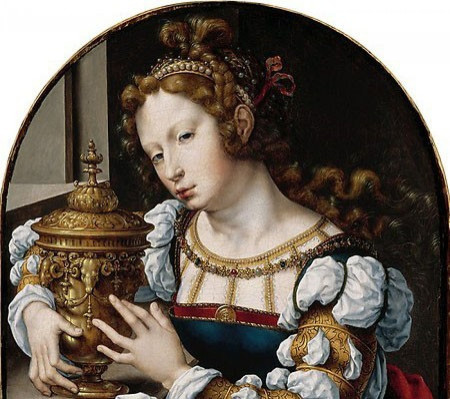Metropolitan Museum of Art explores work of Jan Gossart

For the first time in forty-five years, The Metropolitan Museum of Art in New York has dedicated a major exhibition to the Flemish artist Jan Gossart (ca. 1478-1532), bringing together some of the artist's most influential artworks that is said to have influenced his transformation from Late Gothic Mannerism to the new Renaissance mode.
Credited to have ushered in an era of modern Western portraiture, Jennyn van Hennegouwe, commonly known as Jan Gossart or Jan Mabuse, is a renowned artist of the 16th century whose works on fleeting human emotions have captured the interest of art-lovers across the world.
While most of the renowned names during and after his period emphasized more on definite states of the human mind, Gossart used to delve more into passing moods of mankind. At times, the artist also made smooth transitions between spirituality and humanism as per the needs and demands of the patrons.
Man, Myth and Sensual Pleasures: Jan Gossart's Renaissance, which is on view at the Metropolitan Museum of Art until January 17 is a reappraisal of the extraordinary achievements of this versatile painter.
With obscure beginnings, details of his early life and his early training as a painter are vague. It was in the 1490s painting that the painter surfaced in Antwerp.
Gossart was among the first Northern artists to have acquired firsthand experience in antiquity. In 1508, the artist accompanied Philip of Burgundy, the illegitimate son of Duke Philip to Rome where he garnered his training in the art of antiquity.
Some of the most unique collection of Gossart is on display at the museum which portrays the artist as not only a unique painter but also portraitist and a designer.
© Copyright IBTimes 2024. All rights reserved.





















